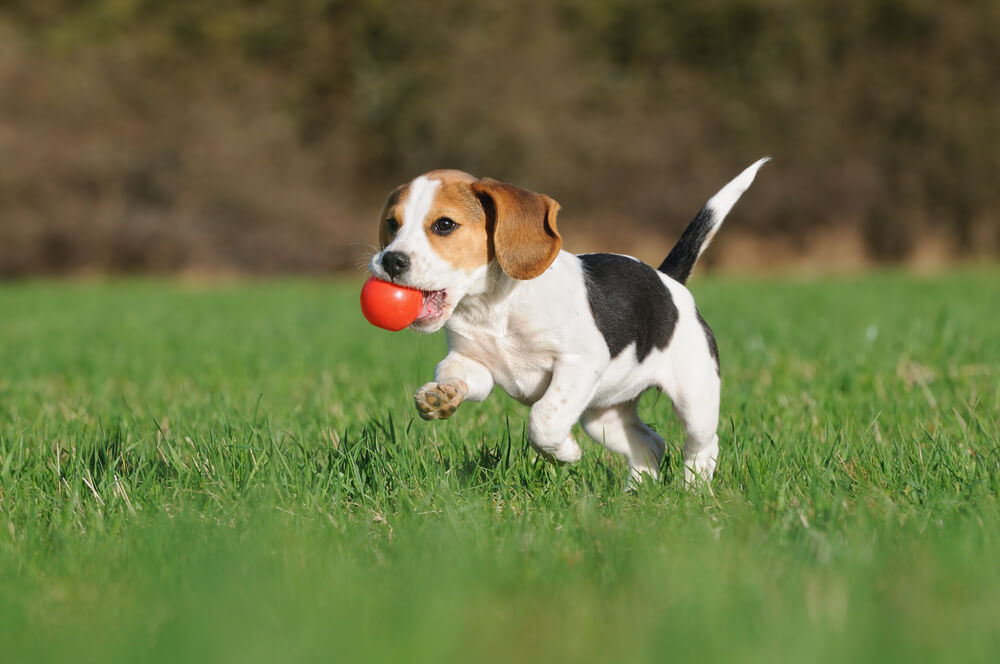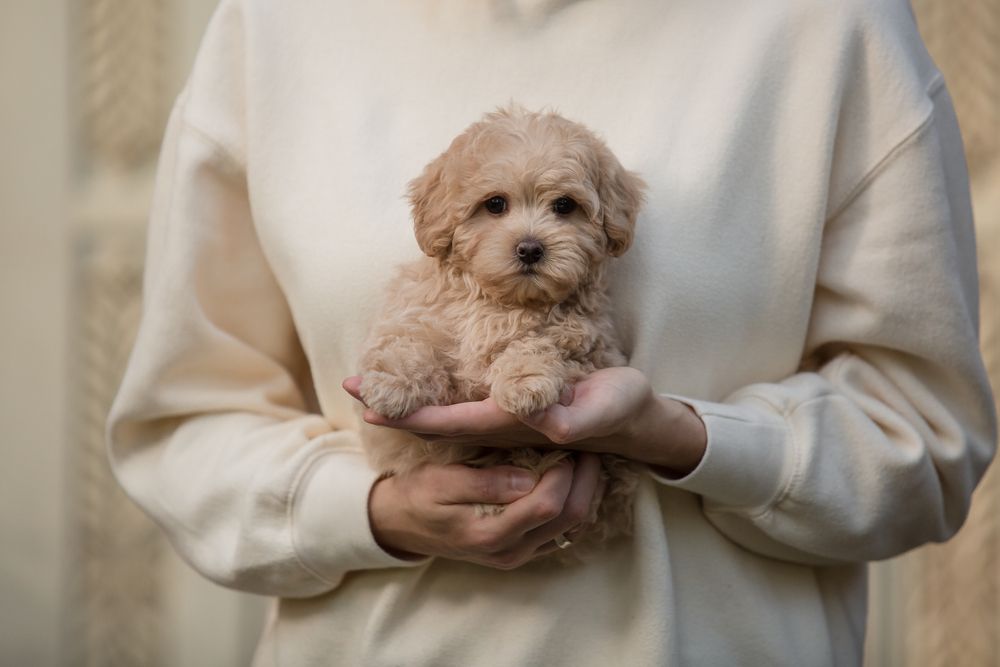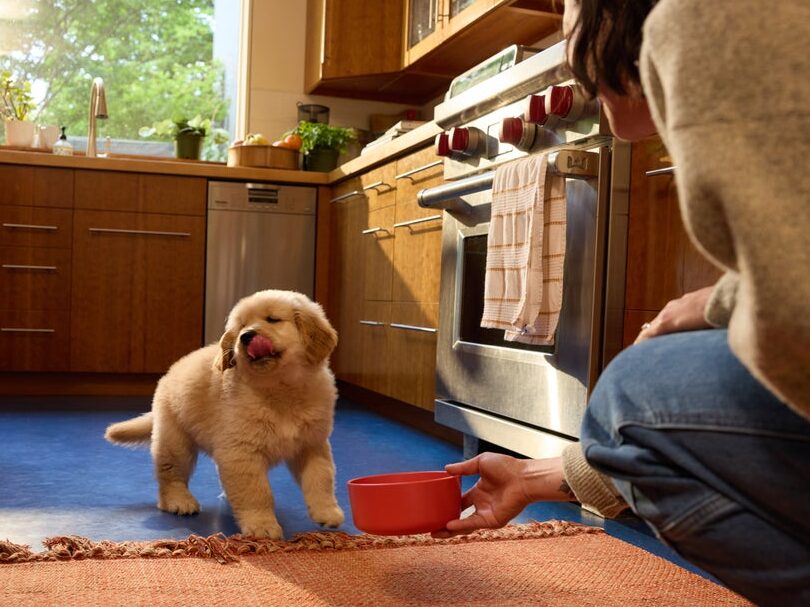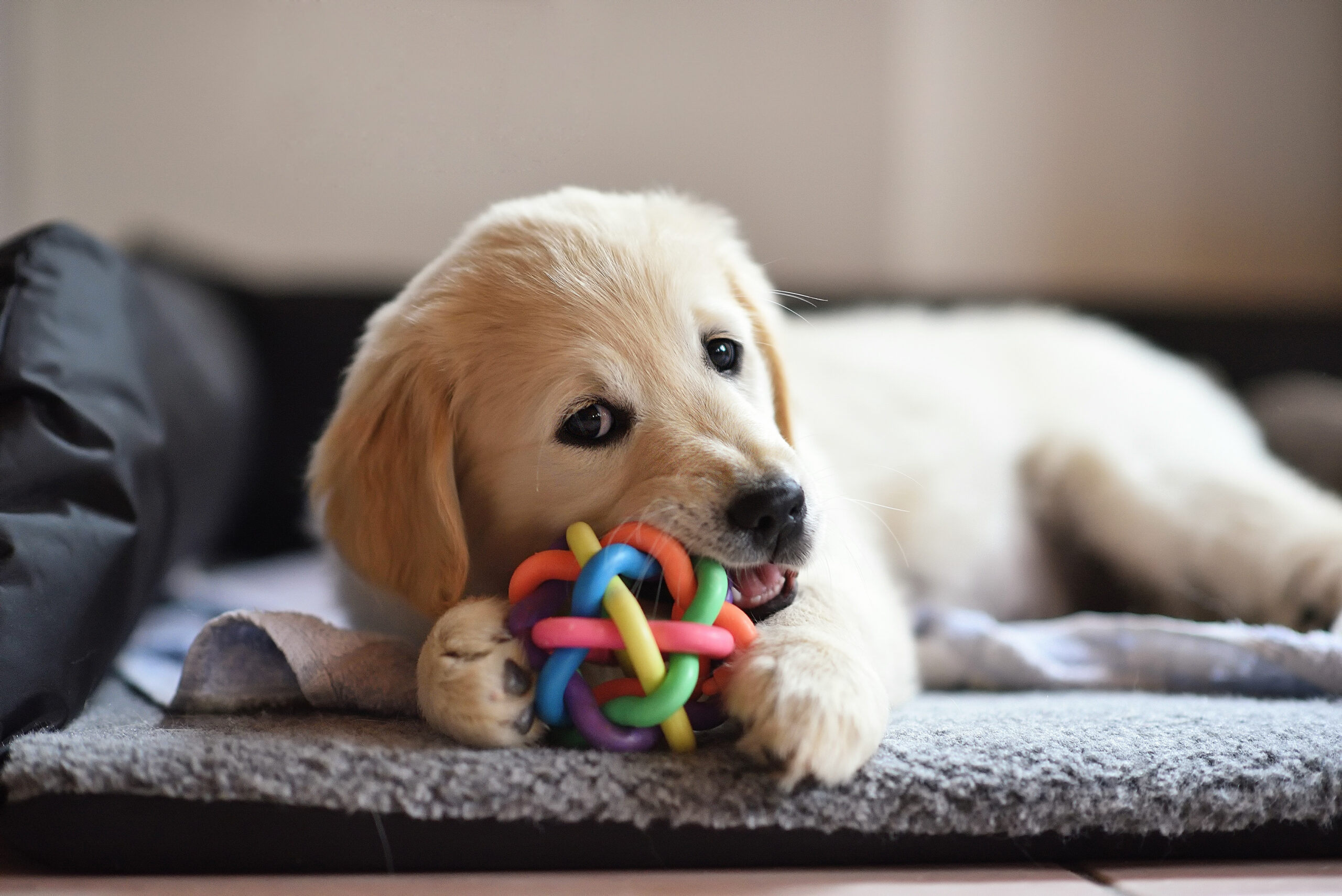Hey Ollie blog readers! We’re offering you an exclusive 60% OFF your starter box! Try now!
It probably comes as no surprise to pup parents that their dogs have real feelings. (Did you see the way she looked when you were leaving for vacation? Devastated!) Now science can actually prove it: Studies have shown that dogs have similar emotions to humans, and they understand us through gestures and emotional expressions rather than words. A team from People for Animals and Cruelty-Free International researched the emotional intelligence of dogs by using MRI brain scans, and they found a dog’s EQ to be equivalent to that of a human toddler—pups demonstrate similar behaviors like tolerance, forgiveness, fairness, selflessness, and altruism. Learn the seven kinds of emotions pups experience and how they express them:
Joy
An excited dog having lots of fun can express his feelings by jumping around, wagging his tail, and friendly gestures. A calm, happy and joyous dog can have upright ears, high-held tail, relaxed position or humped one, an open mouth (with a slight smile) and gentle behavior.
Fear
Fear and phobias are common in dogs. Triggered by loud noises, uncertain situations, and threatening people, dogs will feel insecure and fearful. Fearful dogs have piloerection (standing hair), flat ears, tucked tail, and tense body language. They will attempt to hide from scary triggers.
Anxiety
Anxiety is triggered by discomfort or long-term separation from the dog owner. Anxious dogs are seen panting, licking or yawning excessively, attempting to escape or hide from distress, and developing addictive habits like excessive chewing, tail-chasing.
Jealousy
A research conducted at University of Vienna discovered that dogs felt jealous when they were not treated fairly. They stopped obeying the orders. When a dog is jealous, either he will ask for more attention or start to ignore you.
Guilt
A guilty dog, who had misbehaved in your absence, will have bowed head, droopy ears, hunched body posture, and a sad gaze. He may demonstrate submissive body posture because of the knowledge that he will get punished for bad behavior.
Grief
Dogs experience sadness when a family member or other pet passes away. They feel distressed and may suffer from depression. Depression involves loss of appetite, lack of sleep or excessive sleepiness, lack of interest, and low energy levels.
Aggression
Dog aggression is apparent through stubborn behavior, growling, snapping, biting, and excessive barking. a dog may attempt to dominate the owner by mouthing and muzzle punches.
Why developing an emotional understanding with your pup is important
It will help you raise an emotionally balanced and intelligent dog.
It will make the training process easy, so you can manipulate their good moods and mold the negative emotions at the spot.
It will prevent your dog from getting depressed, stressed, or separation anxiety.
Often, dogs catch your emotions. So you can understand your reactions and feelings better by staying aware of your behavior towards your dog.
Content is adapted from the Petcube blog. Petcube makes cameras that let you see, talk to, and treat your pets. With a Petcube Care membership, you’ll get enjoy 60% off your first box of Ollie. For more info, check out Petcube.com.
The Ollie blog is devoted to helping pet parents lead healthier lives with their pups. If you want to learn more about our fresh, human-grade food, check out MyOllie.com.
Tagged As:
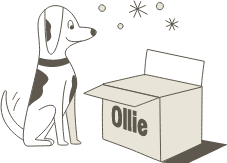
The nutrition your dog needs,
the food they want.

Enjoying our articles? Subscribe our Newsletters and get new articles directly to your inbox
You might also like
13 May 2025
8 MINS READ
Puppy Training Guide & Behavior Timeline
Bringing home a puppy is pure magic. It’s also pure chaos—tiny teeth, zoomies, accidents in the house, and moments that make you wonder if you’re raising a future genius or a tiny tornado. …
by Ollie Pets
10 May 2025
12 MINS READ
New Puppy Checklist: Guide To Prepare For A New Dog
Bringing home a new puppy? This checklist covers everything new dog owners need—from essential supplies to training, feeding, and first vet visits.
by Ollie Pets
3 April 2025
9 MINS READ
Home Remedies for Fleas on Dogs: 10 Natural Ways That Actually Work
Wondering what kills fleas on dogs instantly and naturally? If your pup is scratching like crazy, it may be time to take action. In this guide, we’ll show you the most effective home remedies for…

